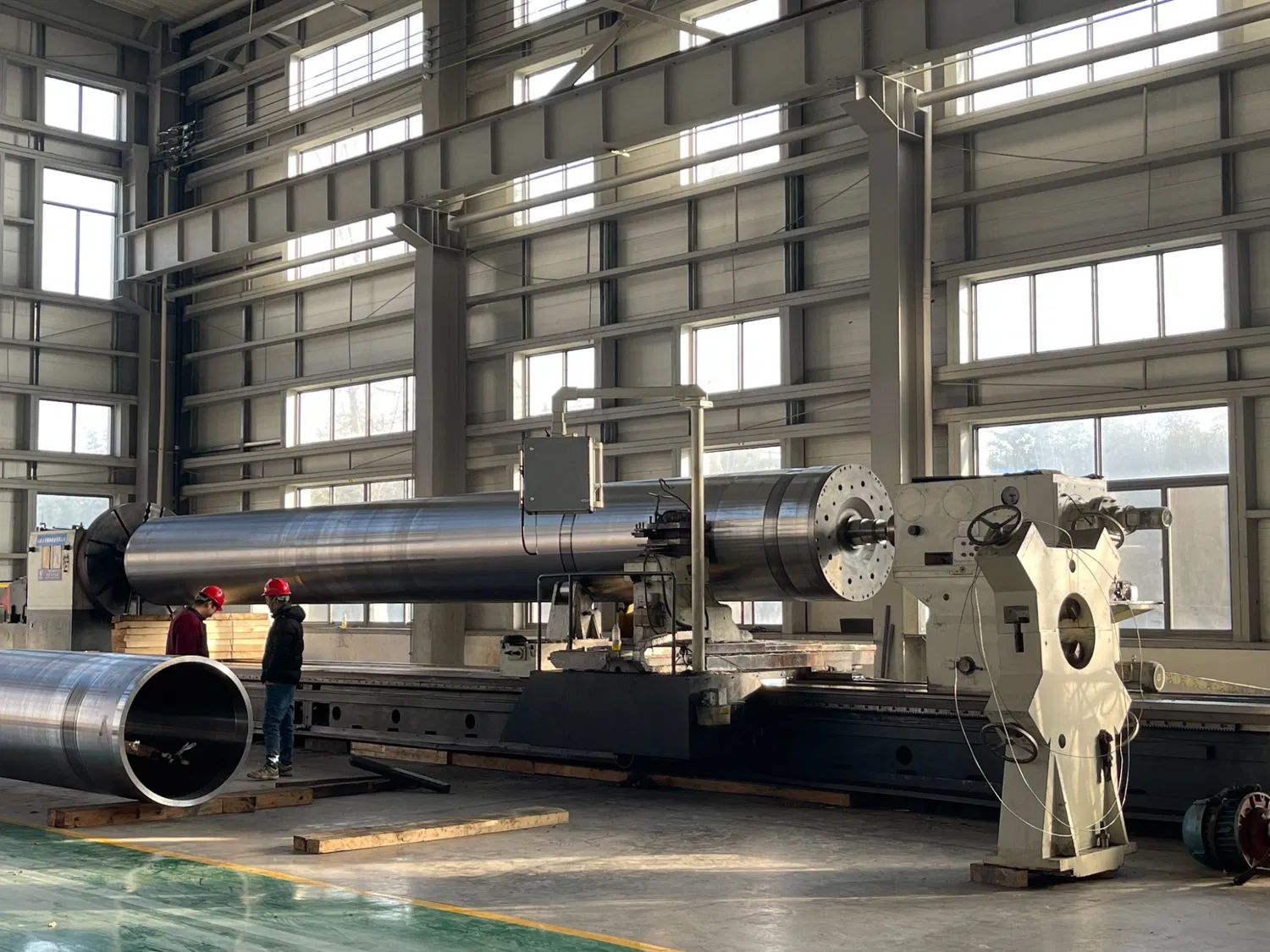Stone rolls are the unsung heroes of the papermaking process, providing a consistent and reliable surface for calendering. Maintaining these crucial components is paramount for producing high-quality paper and avoiding costly downtime. A proactive maintenance strategy ensures smooth operation and extends the lifespan of these valuable assets.
Effective stone roll maintenance hinges on a deep understanding of their function and the challenges they face in the demanding paper mill environment. Exposure to heat, moisture, and various paper coatings can lead to build-up, wear, and potential damage. Regular inspection and preventative measures are critical for optimal performance.
Cleaning and Conditioning
Regular cleaning is the cornerstone of any effective maintenance program. Different paper grades and coatings necessitate specific cleaning procedures. For instance, a simple water wash might suffice for some applications, while others require specialized cleaning solutions to remove stubborn residues. Understanding the specific needs of your process is crucial for choosing the right approach.
Conditioning the stone roll surface after cleaning is equally important. This process involves applying a specific treatment to enhance its properties and prepare it for the next production cycle. Proper conditioning can significantly improve paper quality and reduce the risk of future build-up.
Grinding and Resurfacing
Over time, stone rolls inevitably wear down, impacting the calendering process and the finished product. Regular grinding restores the roll's surface, ensuring consistent paper quality and optimal machine performance. The frequency of grinding depends on factors like paper grade, machine speed, and the hardness of the stone roll itself.
Choosing the correct grinding technique is vital for achieving the desired surface finish. Different grinding methods exist, each offering specific advantages for various applications. Consulting with experts can help determine the best approach for your specific needs and maximize the lifespan of your stone rolls.
Troubleshooting Common Issues
Despite diligent maintenance, problems can still arise. Recognizing and addressing these issues promptly is crucial for minimizing downtime and preventing further damage. Common problems include cracking, chipping, and uneven wear. Understanding the potential causes of these issues allows for targeted interventions and prevents recurring problems. For example, uneven wear might indicate misalignment or improper grinding techniques.
Developing a robust troubleshooting protocol is essential for every paper mill. This protocol should outline clear steps for identifying, diagnosing, and resolving common stone roll issues. Having a plan in place ensures a swift and effective response to any problems that may arise, keeping downtime to a minimum.
Preventive Maintenance Strategies
Beyond reactive maintenance, adopting a proactive strategy is key to maximizing the lifespan of stone rolls. This involves implementing regular inspections, scheduled cleaning, and planned grinding cycles. A well-defined preventive maintenance program minimizes unexpected downtime and ensures consistent paper quality.
Consider implementing a comprehensive maintenance log to track cleaning cycles, grinding procedures, and any observed issues. This log provides valuable data for identifying trends, optimizing maintenance schedules, and proactively addressing potential problems. How often do you currently inspect your stone rolls?
Advanced Maintenance Techniques
Technological advancements have led to innovative maintenance techniques, such as laser cladding and thermal spraying, that offer enhanced performance and extended lifespan for stone rolls. These advanced methods provide superior surface properties and can address specific wear patterns, offering a targeted approach to roll maintenance.
While traditional methods remain essential, exploring these advanced techniques can offer significant benefits in terms of efficiency, cost savings, and improved product quality. Evaluating the suitability of these technologies for your specific operation is a worthwhile investment.
Training and Skill Development
Effective stone roll maintenance requires skilled personnel. Investing in training programs ensures that your team possesses the knowledge and expertise to perform routine maintenance tasks, troubleshoot issues, and implement best practices. Well-trained personnel are essential for maximizing the lifespan of your stone rolls and optimizing paper production.
Regular training updates keep your team abreast of the latest techniques and technologies, ensuring they can effectively address the evolving challenges of the papermaking process. What kind of training does your team currently receive regarding stone roll maintenance?
Conclusion
Proper stone roll maintenance is paramount for efficient and profitable paper production. By implementing a comprehensive maintenance strategy that includes regular cleaning, grinding, troubleshooting, and preventive measures, paper mills can ensure the longevity of their stone rolls, maintain consistent paper quality, and minimize costly downtime. Investing in proper maintenance ultimately leads to a more productive and profitable operation.



